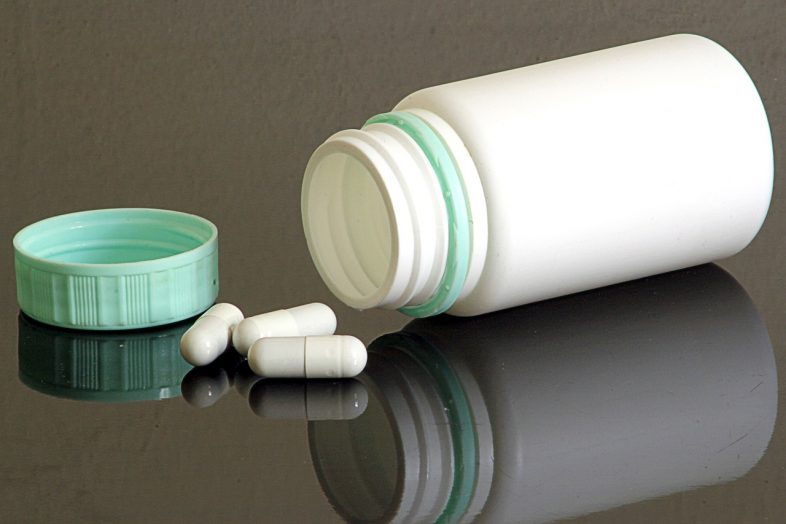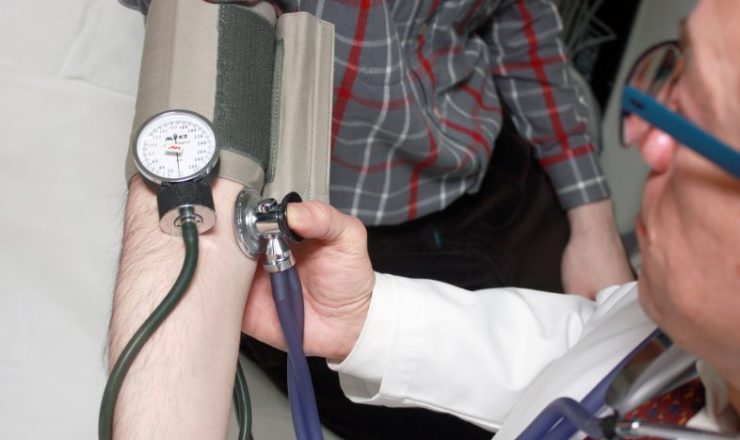An In-Depth Look At St. John’s Wort Essential Oil
Hypericum perforatum or St. John’s wort is flowering plant that has been used in herbal medicine for more than 2,000 years. In ancient times, it was believed that it possessed protective and mystical qualities.
The plant was given its name due to how its flowers bloom around St. John the Baptist’s birthday on June 24th. Meanwhile, “wort” comes from an old English word that means plant.
The plant has been used to remedy depression and a host of other issues including loss of appetite, tiredness, sleep, and even anxiety. It is also a popular treatment for moodiness, heart palpitations, obsessive-compulsive tendencies, ADHD symptoms, menopause, inflammation, and seasonal affective disorder.
St. John’s Wort— What is it?
The genus Hypericum which St. John’s wort belongs to, has over 400 species of shrubs and herbs. They are noted as having 4 to 5-petalled flowers that are copper-colored, a lone pistil, and numerous stamens. The plant’s flowers are commonly used in making extracts, capsules, and even teas that are mainly used for their therapeutic properties.

Considered to have originated in Europe, the plant is also common in Canada and the United States, especially where the ground is dry; terrain like woods, meadows and roadsides.
While the plant doesn’t cite its origins to Australia, today, the plant is being grown in the country as one of its crops. In fact, 20% of the entire world’s supply of the plant comes from the land down under.
Standard formulations of the herb are prepared by pharmaceutical companies, especially those in Europe. The resulting products are consumed by millions. Today, the yearly sales of the many products formulated from the herb have amounted to billions of dollars.
The plant is notable for producing several substances that are known for their biologically active properties. Two of the most notable compounds that are produced by the plant— hyperforin and hypericin, are known for their impressive medicinal benefits. Among the other compounds that the plant contains are flavonoids quercetin, kaempferol, as well as rutin.
Use of St. John’s Wort
You can easily obtain St. John’s wort in a variety of forms from health food stores or online. The plant is generally available in a variety of forms including tinctures, teas, tablets, skin lotions (oil-based), as well as capsules. It is even possible to purchase the plant in powdered or chopped form.

Most of the products made from the plant contain about 0.3% of hypericin. This is based on standardizations so it is important to check what the labels actually say before making a purchase. People also need to remember that there aren’t any regulations on herbal supplements. Buying the right products that are suitable for your specific needs is very important.
How Long Does it Take for St. John’s Wort to Take Affect?
If you are taking any form of supplement made from St. John’s wort, it’s important to remember that you won’t feel any immediate effects. People often see or notice the effects gradually and often. It takes several weeks to months before any response can be noticed. People are advised to be patient when taking the supplement, upping the dose is also not recommended unless you have taken the time to consult with a medical professional.
When used by adults, the regular dose of 300 milligrams in capsule form should be taken 3 times daily after every meal. If you are considering the idea of taking more than the recommended dose, it’s advised that you first consult a healthcare professional.
If taking the supplement for treating specific conditions, you might want to refer to the recommended doses below, provided that you are duly guided by your health care provider:

For treating anxiety
Take the supplement in a 300-milligram capsule form, 3 times every day.
For treating depression, especially mild to moderate cases
Take the 300-milligram capsules every meal, 3 times daily.
For treating severe depression
Take the same 300-milligram dosage of the capsule, 3 times every day for the next 12 weeks, provided that you have secured your doctor’s approval.
For treating psoriasis
Apply the ointment on your skin at least 2 times every day for the next 4 weeks.
For treating and healing wounds
You can use the 20% St. John’s wort petroleum jelly by applying it on the affected area for the next 16 days at least 3 times daily.
For treating irritable bowel syndrome or IBS
Take the 450-milligram capsule 2 times a day for a duration of 12 weeks.
For treating nerve pains
Take 3 hypericin tablets at 300 to 900 micrograms— each treatment period should last 5 weeks each.
Do note that if you’re taking the supplement at more than 300 milligrams, 3 times a day, it is advised that you should first see your healthcare provider. It is also advised that instead of just abruptly stopping your intake of St. John’s wort supplement, you should gradually lower your dose over time.



